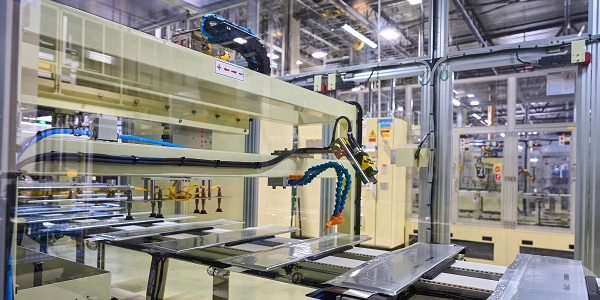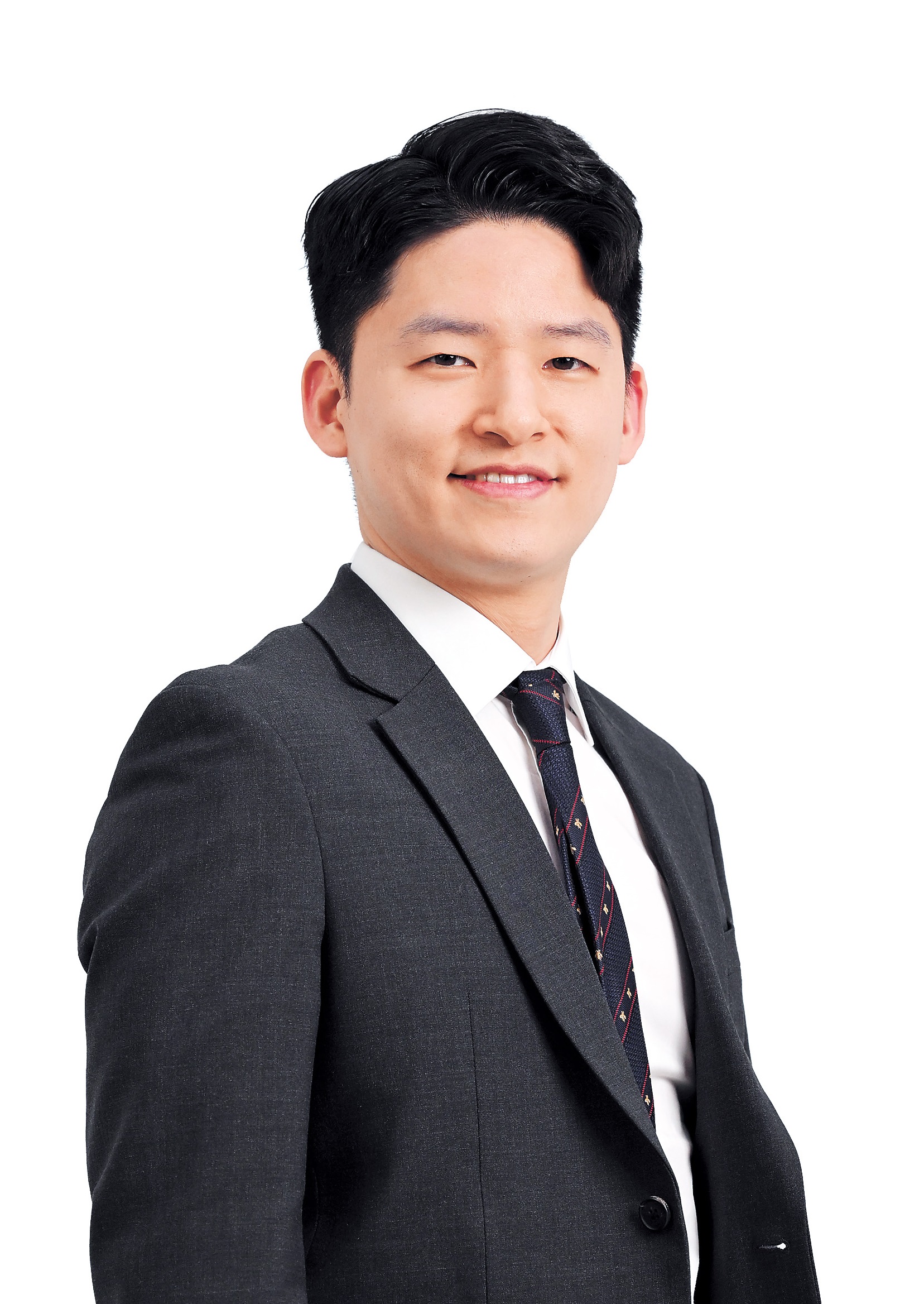
An increasing share of manufacturing capacity is not being used in Korea’s battery industry due to waning demand in the electric vehicle market.
But manufacturers remain optimistic about a recovery later this year as inventory adjustments end and new EV models are launched.
Official data released this week reveal that LG Energy Solution’s factory capacity utilization rate fell to 57.4 percent in the first quarter, a steep decline from 77.7 percent during the same period last year. Similarly, SK On’s rate dropped from 96.1 percent to 69.5 percent.
A Samsung SDI official said that the company does not disclose its overall utilization rate.
Profitability has taken a hit for all three major battery makers in the first quarter as revealed in profit announcements last month.
LG Energy Solution’s operating profit plummeted by 75.2 percent, from 633.2 billion won ($465 million) to 157.3 billion won year-over-year, and Samsung SDI's profits fell by 28.8 percent to 267.4 billion won. SK On reported an operating loss of 315.5 billion won, marking its ninth consecutive quarterly loss.
The slowdown in EV demand has forced automakers to cut battery orders, which in turn has reduced production volumes and profitability. Although manufacturers receive compensation from automakers for reduced orders, the fixed costs of factory operations remain a significant burden.
An industry insider noted that as battery prices typically lag three to six months behind metal prices, the decline in lithium and other metal prices will also continue to squeeze profitability until the second quarter.
Looking forward, the Korean battery industry anticipates improved performance in the second half of the year.
"The decline in factory utilization is indeed partly due to the EV market's slowdown, and our customers are adjusting their inventories. We're closely watching market trends and demand, operating flexibly to stay profitable. We expect better conditions in the second half, with more shipments as inventory adjustments finish and new car models launch," an SK On official said.
LG Energy Solution said it plans to adapt to changing demand and adjust its investment strategies accordingly, potentially scaling back investment where necessary. Samsung SDI is focusing on maintaining profitability by expanding its high-performance, high-nickel prismatic battery lineup and continuing its plant expansions in Hungary, Malaysia, and US joint ventures.



















![[Today’s K-pop] Treasure to publish magazine for debut anniversary](http://res.heraldm.com/phpwas/restmb_idxmake.php?idx=642&simg=/content/image/2024/07/26/20240726050551_0.jpg&u=)